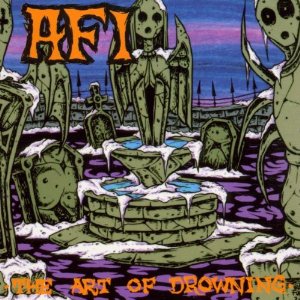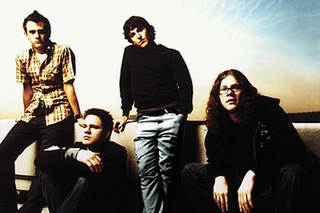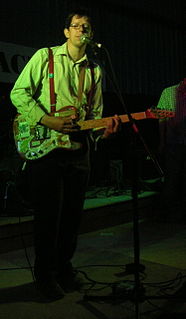| Look up modern art in Wiktionary, the free dictionary. |
Modern art is a developed from the mid-19th century to the 20th century.

Modern art includes artistic work produced during the period extending roughly from the 1860s to the 1970s, and denotes the styles and philosophy of the art produced during that era. The term is usually associated with art in which the traditions of the past have been thrown aside in a spirit of experimentation. Modern artists experimented with new ways of seeing and with fresh ideas about the nature of materials and functions of art. A tendency away from the narrative, which was characteristic for the traditional arts, toward abstraction is characteristic of much modern art. More recent artistic production is often called contemporary art or postmodern art.
Modern art may also refer to:
- Modern Art (game), a card game by Reiner Knizia
- The Modern Art, a psychedelic rock band
- Modern architecture
- Modern Art (Art Pepper album), 1957
- Modern Art (Art Farmer album), 1958
- Modern Art (John Foxx album), 2001
- Modern Art (The Rippingtons album), 2009
- Modern Art (Matthew Sweet album), 2011
- Modern Art EP , an EP by Chronic Future
- Modern Art (illusion), a stage magic trick sometimes regarded as a variant of dividing a woman in half
Modern Art is an auction game designed by Reiner Knizia and first published in 1992 by Hans im Glück in German. Players represent art dealers, both buying and selling works of art by five different fictional artists. At the end of each round, they sell the paintings they bought back to the "bank". More popular artists' works are worth more, and the value carries over into future rounds.
The Modern Art was a psychedelic rock band formed by Gary Ramon in the 1980s. It had a loose lineup that never played gigs but did see the release of two studio albums and a number of self-produced cassettes. Ramon disbanded the group out of a desire "to make a more live-sounding group that could go out and play". Many Modern Art members subsequently joined Ramon in various incarnations of his new band, Sun Dial.

Modern architecture, or modernist architecture was based upon new and innovative technologies of construction, particularly the use of glass, steel and reinforced concrete; the idea that form should follow function (→functionalism); an embrace of minimalism; and a rejection of ornament. It emerged in the first half of the 20th century and became dominant after World War II until the 1980s, when it was gradually replaced as the principal style for institutional and corporate buildings by postmodern architecture.






